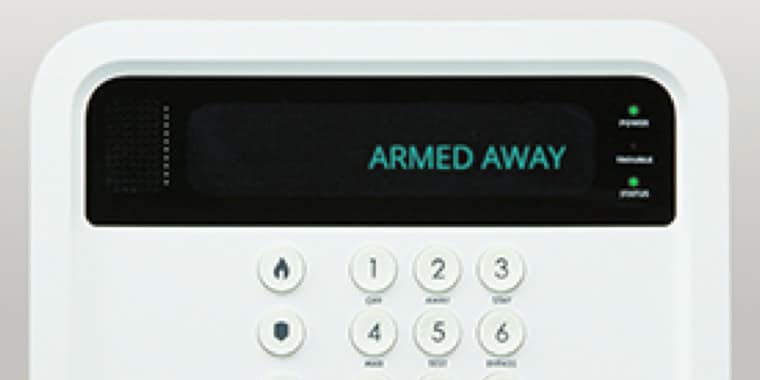Stop, Drop and Roll: A Guide to Fire Safety for Your Kids
When making dinner for your family, you usually have a million things going on at once. Besides cooking, you have your hyper hungry kids in your ear asking if dinner is ready. All of a sudden, you hear the smoke alarm going off because you left one of the burners on too high, which started a small grease fire. This happens to everyone. Have you ever thought about what your children’s reaction is when the smoke detector sounds? Even though it was a small grease fire that can be put out by you, fast and easy, it is still crucial for your children to understand that when the smoke alarm sounds, they need to be ready to exit the house at the drop of a hat. Each year in the United States, around 400,000 house fires take place and over 2,500 people are killed. How can we prepare our households for home fire safety, especially with children? Understanding these easy fire safety tips and precautions will prepare you and the entire family for house fires.
Start with what YOU can do to prevent and prepare for house fires. Replace smoke detectors every ten years and change the batteries every six months. Do not forget to test those detectors every month to ensure they are working properly. Have a smoke detector on every level of the home, especially near the bedrooms. Fifty percent of house fire victims are more likely to survive if they have working smoke alarms. For additional help, invest in ADT smoke detectors. They are monitored day and night 365 days out of the year. When a monitored smoke detector comes in contact with smoke, ADT immediately contacts you and the fire department. Fires spread fast and ADT thrives to ensure you and your family are safe and always being looked after.
It is advised to own at least one fire extinguisher. For the best case scenario, have one in the kitchen, one located on each level of the home, and one near the exits. Check fire extinguisher gauges regularly (we recommend monthly) to make sure they are pressurized and replace them every twelve years, or after each usage. Also, keep your lawn, bushes, shrubs, and trees trimmed and well-watered to prevent outdoor fires.
After you take these precautions, it is important to educate your children on home fire safety. Make a fire safety list with a set of rules for your kids and rehearse, rehearse, REHEARSE! Here are a few topics to cover:
- Stop, drop, and roll. If a child or their clothing comes in contact with fire, they need to know not to panic. Teach them to cover their head and face with their hands and arms then stop, drop, and roll until the fire is out. It is okay for them to yell for help, but they must try to put the fire out themselves first.
- Have children know not to play with matches, candles, lighters, stove tops, fire places or anything hot, electrical or that can produce fire.
- Inform them to not put anything, including clothing and blankets, over lamps and lighting.
- Make sure kids know what the fire alarm sounds like and that it means to get out of the house ASAP. A fire doubles in size in as little as two minutes.
- Have a meeting place outside and near the home. Everyone in the family must know where to go during a house fire. This should be somewhere that feels safe and familiar to help with your children’s nerves in the case of an emergency. A close neighbor’s house, the kids play set, or a tree the kids play in, as long as it is far enough away from the house, are all great options.
Practice makes perfect. Have a real fire drill with the family and practice until everyone has it down to a science. Surprise them with random fire drills each month. Use a stopwatch during fire drills to practice timing with your family. Remember that everyone in the house needs to be out in under two minutes.
It helps to draw a floor plan of your entire house and locate each exit in each room (all doors and windows). There must be at least two exits out of each room and it is recommended to keep those exits clear of furniture, toys, and other clutter. Make sure all your children and family members know how to unlock each door and window in the home. Have a primary exit on the floor plan. It should be the fastest and safest way out of the house. Locate a secondary exit as well, in case the primary exit is blocked. Remember to put the meeting place on the floor plan too.
Try the fire drill with obstacles. Fires can produce hot poisonous gases that can scorch your lungs and skin instantly. Also, fires can eat all the oxygen in a room very quickly and you can suffocate before the fire reaches you. Practice at night with all the lights off. Have everyone crawl on their hands and knees in the dark to get out of the house. Heat and smoke rises so if the house is full of smoke, the cleanest and safest air to breathe is the closest to the ground. Coaching your children with these fire safety rules and tips will help prepare them for the worst. The most important thing for your kids to remember is that when that smoke alarm sounds, GET OUT NOW!





